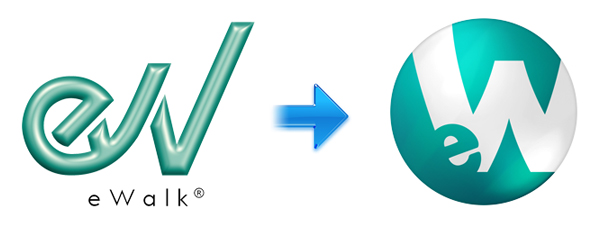Web design; keeping up with modern design standards, whether you’re a one-man operation running a personal blog or multi-million dollar enterprise churning out the latest web applications, can prove to be a considerable challenge.
Like just about everything else in the world of technology these days, keeping up with what is modern and tasteful in web design is a full time job. Working in a field that is in a constant state of flux, where a bevy of multi-million (if not billion) dollar corporations are clambering over each other to release the next “must-have†piece of tech as fast as they can, design schemes and user interfaces are under a constant barrage of scrutiny (whether subconscious of otherwise) regarding the ease and grace with which their device’s interfaces can be navigated.
Now more recently, as we begin to see some of Media-X’s flagship products undergo a natural evolution befitting today’s design standards (not to mention a new, refreshed look for the MX BLOG itself, coming soon), it’s important to take note of the most current themes in modern web and interface design to help us update our products for the current market.
Some of the greatest (and perhaps most familiar) examples of the most modern design trend I can provide is through the recent surge of updated product logos, which you’ll notice have all been given similar design treatments. While these logos are obviously not the same thing as web layouts or general interface design, the exact same principals of design have been applied to them and they serve as the perfect metaphor for the type of widespread design shift we find ourselves in the midst of.

Photo-realism has given way to flat colors as design tastes shift.
So, as we look at moving forward into this new era of web design, (and with myself being involved in some of the new design projects) I’ve done some considerable research into contemporary web design. Gone are the loud, busy layouts of past years. Information-heavy pages laden with all sorts of bells and whistles are being replaced by pages with little more than a grabby headline or two and some images. Even common standbys like left-aligned layouts are slowly being scrapped in favour of centre-aligned, liquid layouts as consumers continue to drift towards the use of mobile devices for their internet browsing.
Today’s users appear to be learning that there is value in simplicity, and web designers are listening.
With the steady migration away from desktop web browsing already in progress for many years now, it’s forcing designers to keep in mind that their layouts are not only going to be viewed on different internet browsers, but with a multitude of different screen resolutions more so now than ever before. It is because of these variables that simplicity in design has become increasingly paramount.
It would seem as if web layouts are no longer trying to attract as much attention as possible and are instead trying to deliver an effortless experience to the end-user. Today’s users appear to be learning that there is value in simplicity, and web designers are listening.
Modern websites are simple, clean, elegant, and attractive. To sum it up in one word: minimalistic.
Now, I’m aware that minimalism carries with it certain connotations, but it no longer refers to a simple black-text-on-white-background style of page. A modern minimalist layout has key features that set it apart from the Web page designs of the past. These new layouts commonly contain features such as plain, clean backgrounds, striking typography, contrasting colour palettes (used sparingly) in conjunction with the occasional hint of complimentary colours, bold but crisp shapes and designs, subtle, clear icons, occasional light shading in favour of bold drop shadows and the like, and perhaps most importantly, lots of negative space.
Keep those design features in mind the next time that you hear the term “minimalist†and are instantly subjected to flashbacks of the flat greys and blacks of Windows ’95. While it’s true that minimalist web designs were prevalent during the inception and infancy of the World Wide Web, today’s layouts, while returning to that age-old ideal, are anything but.
In other words… keep an eye out for some big changes coming from Media-X!
27QNF78D6JSJ
